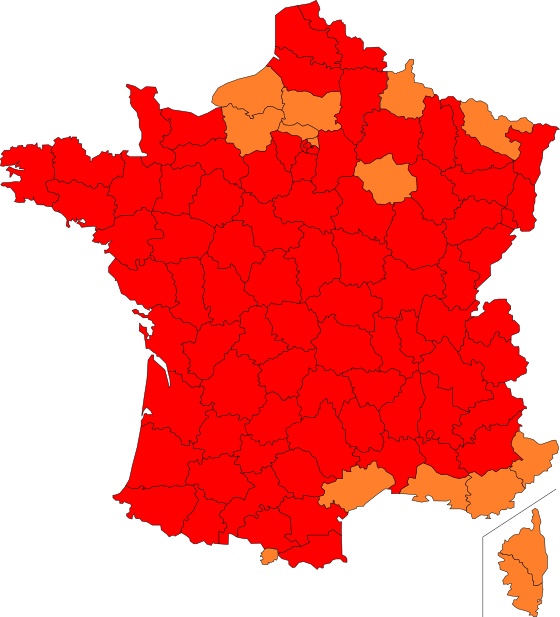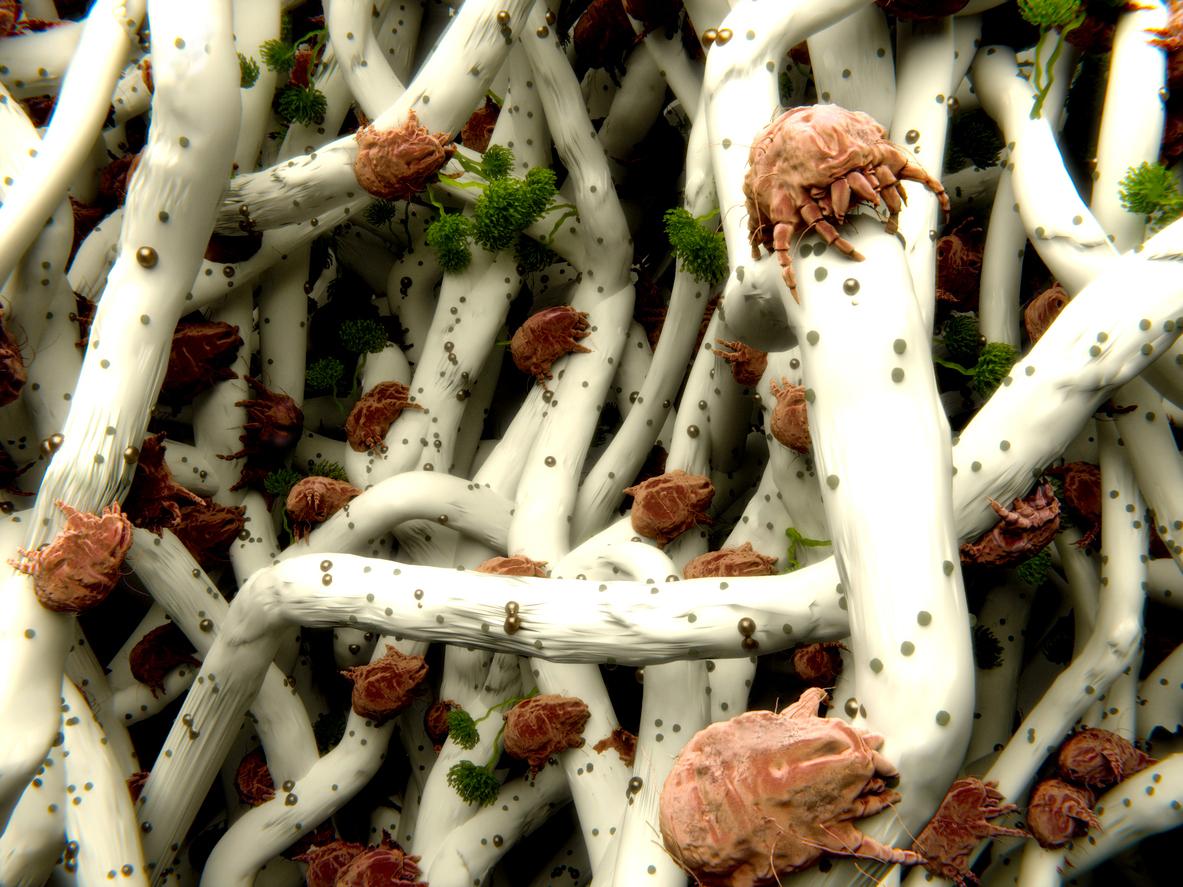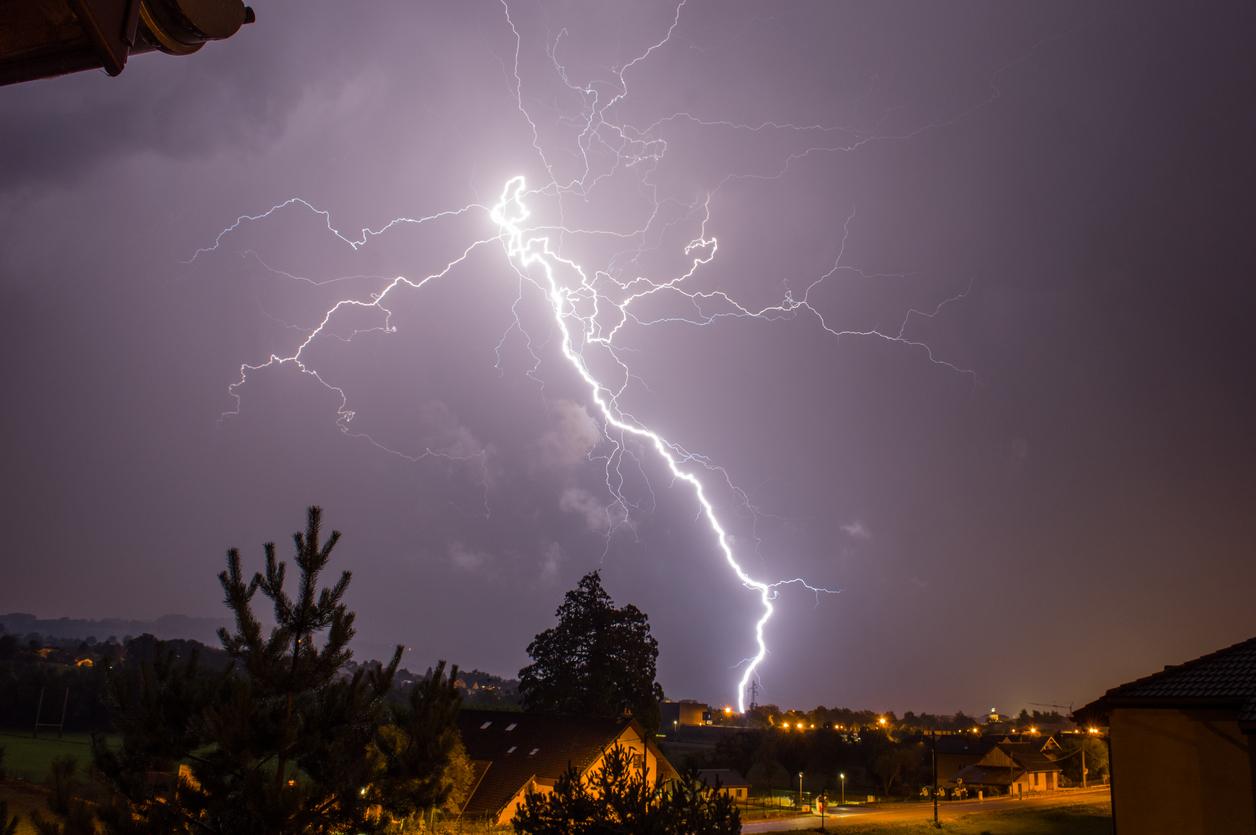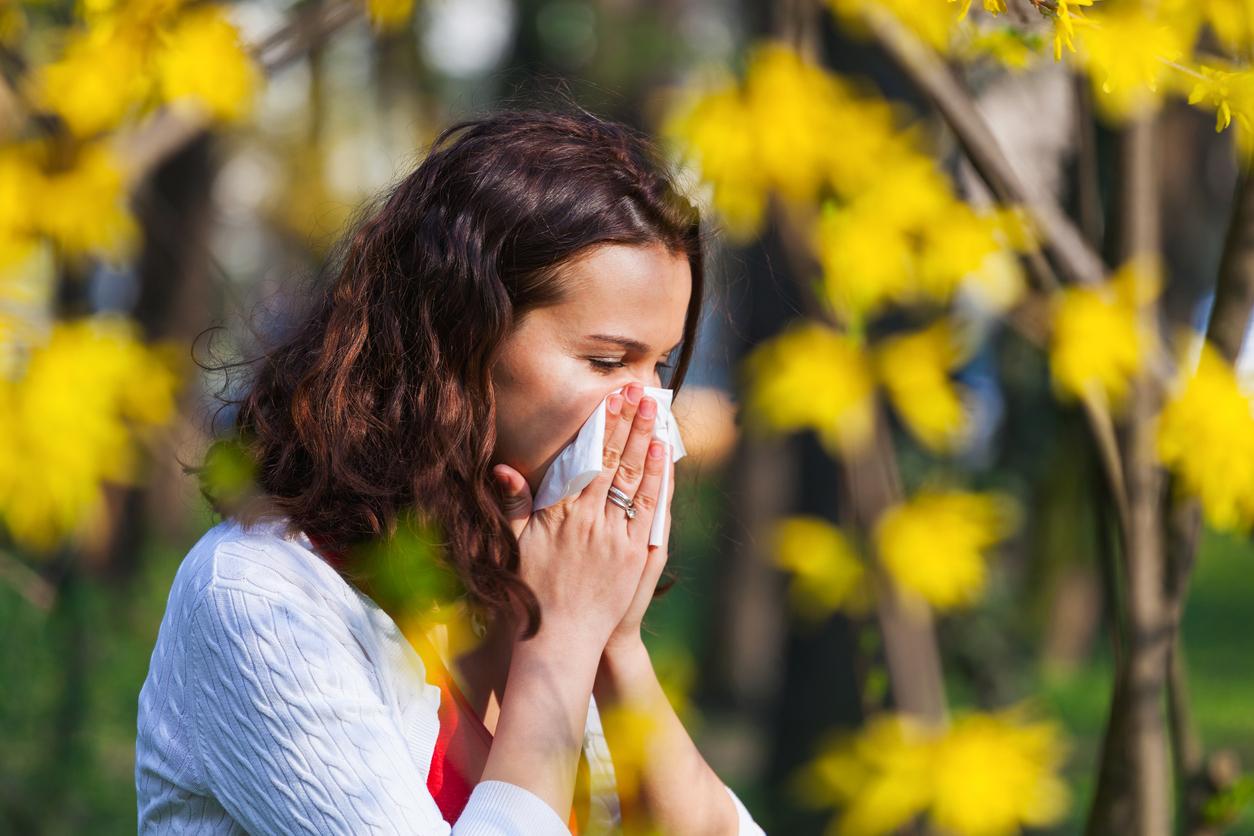The onset of rain may reduce the discomfort of allergics in the coming weeks, according to the latest RNSA bulletin.

The situation had deteriorated for several weeks. It is therefore now almost the entire French territory that is classified as a very high risk of allergy. In question, the grasses “in full period of pollination […]. These pollens will disperse in quantity as soon as the opportunity arises, ”explains the National Aerobiological Surveillance Network (RNSA), in its latest allergo-pollen bulletin valid until June 8 (follow the link to find out allergic risks department by department).
The phenomenon is such that only 14 departments (plus the principality of Andorra) are not classified as very high risk. These are Seine-Maritime, Eure, Val-d’Oise, Oise, Seine-Saint-Denis, Ardennes, Aube, Moselle, Hérault, Bouches-du -Rhône, Var, Alpes-Maritimes, Haute-Corse and Corse-du-Sud.
In the other departments of mainland France, the risks of allergy to grasses are therefore considered to be very high.
Sun risk
The risk associated with this pollen may reach a maximum level over the entire territory with the sun. “The vigilance of allergics must not be relaxed, grass pollens will be rife as soon as the sun is present”, recommends the association.
On the other hand, the rain could have a beneficial impact on the allergic risks. Indeed, the concentrations of pollen in the air should decrease with the rain, as the discomfort of allergics.
On the side of other allergens, the RNSA specifies that “oak pollens will still be confined to the Mediterranean area with a low risk, while the influence of olive tree pollen is spreading more and more. Ditto for urticaceae pollen which will spread more and more throughout the territory.


.

















